Close-up photos of your marble & soapstone edges
julieste
11 years ago
Featured Answer
Comments (17)
whit461
11 years agobreezygirl
11 years agoRelated Professionals
Carlisle Kitchen & Bathroom Designers · Knoxville Kitchen & Bathroom Designers · Leicester Kitchen & Bathroom Designers · Glen Carbon Kitchen & Bathroom Remodelers · Linton Hall Kitchen & Bathroom Remodelers · New Port Richey East Kitchen & Bathroom Remodelers · Portage Kitchen & Bathroom Remodelers · Rancho Palos Verdes Kitchen & Bathroom Remodelers · Santa Fe Kitchen & Bathroom Remodelers · Lawndale Kitchen & Bathroom Remodelers · East Saint Louis Cabinets & Cabinetry · Warr Acres Cabinets & Cabinetry · White Center Cabinets & Cabinetry · Fayetteville Tile and Stone Contractors · Rancho Cordova Tile and Stone ContractorsCircus Peanut
11 years agomama goose_gw zn6OH
11 years agohsw_sc
11 years agobcafe
11 years agojulieste
11 years agomama goose_gw zn6OH
11 years agoenduring
11 years agoKevinMP
11 years agoangie_diy
11 years agojulieste
11 years agoangie_diy
11 years agojulieste
11 years agoangie_diy
11 years agocookncarpenter
11 years ago
Related Stories
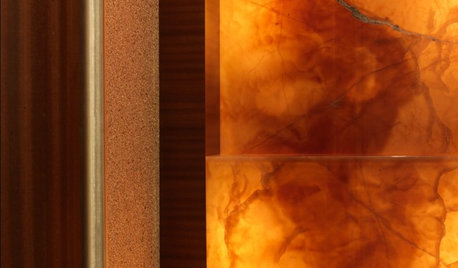
DECORATING GUIDESI'm Ready for My Close-Up: Beautiful Building Materials
Look closely, and soak up the beauty in some favorite details of fine home design
Full Story
KITCHEN DESIGNKitchen Counters: Durable, Easy-Clean Soapstone
Give bacteria the boot and say sayonara to stains with this long-lasting material that's a great choice for kitchen and bath countertops
Full Story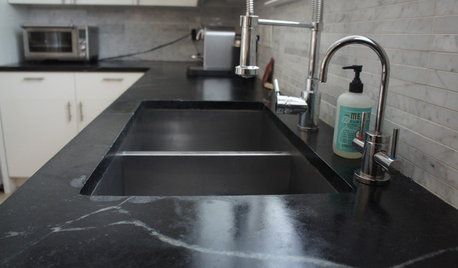
KITCHEN DESIGNSoapstone Counters: A Love Story
Love means accepting — maybe even celebrating — imperfections. See if soapstone’s assets and imperfections will work for you
Full Story
KITCHEN COUNTERTOPS10 Top Backsplashes to Pair With Soapstone Countertops
Simplify your decision-making process by checking out how these styles work with soapstone
Full Story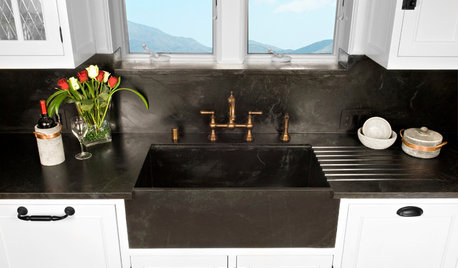
KITCHEN DESIGNKitchen Sinks: Soapstone for Germ-Free Beauty and Durability
Stains and bacteria? Not on soapstone's watch. But this sink material's benefits don't come cheap.
Full Story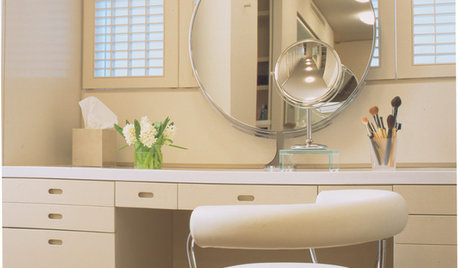
BATHROOM DESIGNLittle Luxuries: Get Ready for Your Close-up With Lighted Mirrors
Get a better view applying makeup, shaving or dressing, with mirrors that put light right where you need it
Full Story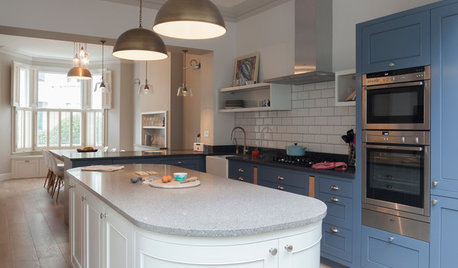
HOMES AROUND THE WORLDTraditional Kitchen Opens Up and Lightens Up
Removing a wall was key to creating a large kitchen and dining space for family life in this London house
Full Story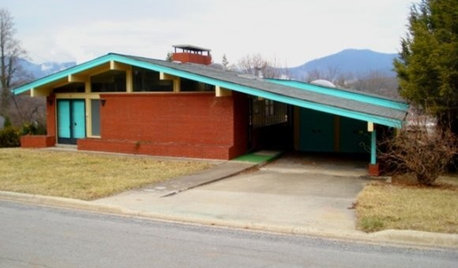
LIFEHouzz Call: Show Us the House You Grew Up In
Share a photo and story about your childhood home. Does it influence your design tastes today?
Full Story
REMODELING GUIDESWhy Marble Might Be Wrong for Your Bathroom
You love its beauty and instant high-quality appeal, but bathroom marble has its drawbacks. Here's what to know before you buy
Full Story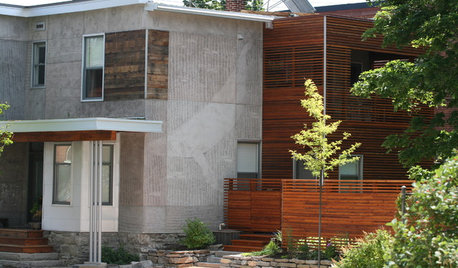
REMODELING GUIDESArtistic Carvings Make for Cutting-Edge Architecture
Modern architecture makes room for decoration with artistic designs carved into exterior concrete and interior wood
Full Story





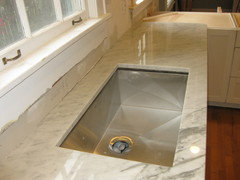
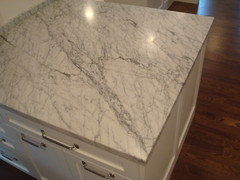




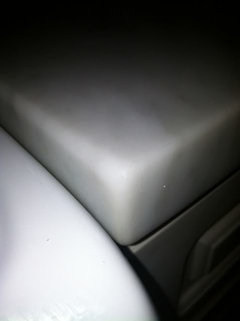



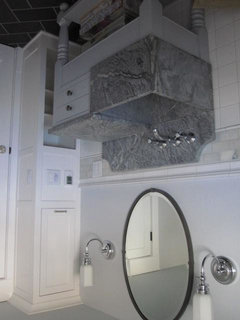


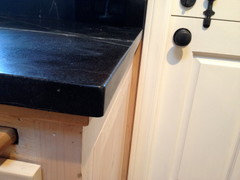
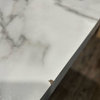

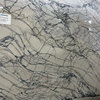
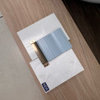
leela4